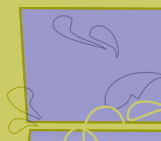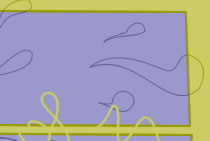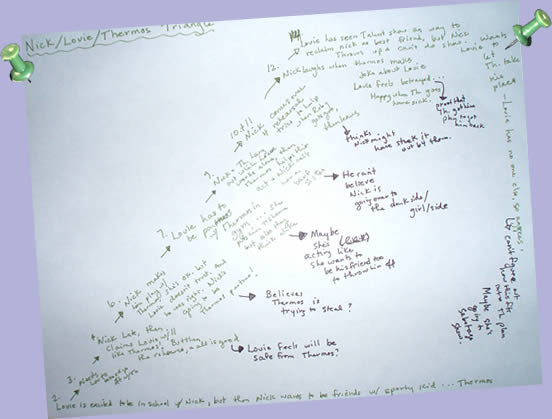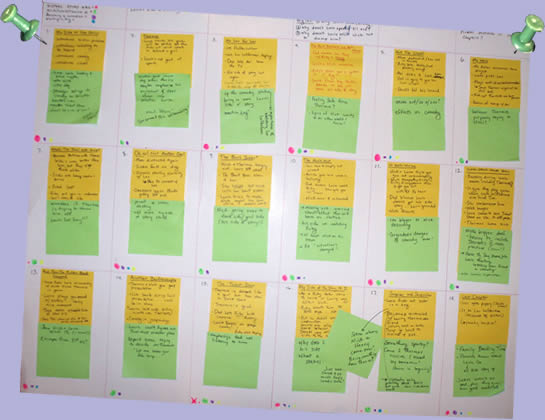





| Advice |  |
Worksheets | ||||||||||
 |
||||||||||||
| Because there are no absolutes when writing a novel, learning to write is a deeply individual process. While I can’t give you a roadmap that leads straight to The Land of Publication, I can tell you how I got there. Maybe one of my steps (or missteps) will inspire you or at least point you in the right direction for finding your own rules. | ||||||||||||
 |
||||||||||||
If you only dream about writing I first thought about being a writer when I was twelve years old, but I didn’t do much more than fantasize and write sporadically until I was thirty. Then something inside me clicked. If I was ever going to see my words in print I had to get serious. Here is what I did: |
||||||||||||
|
||||||||||||
 |
||||||||||||
If you are ready to start writing The first spark of an idea might be a book title, a plot twist, or a character’s voice, but I know that I will need all of these ingredients eventually, so before I begin writing, I go through a planning phase. |
||||||||||||
|
||||||||||||
|
||||||||||||
I often find myself feeling stuck as I slog my way through a first draft. I don’t know what happens next. I’m not sure if I’m following the right storyline. These things may or may not be indications that my story is in trouble, but either way, in a first draft I try to ignore those voices telling me how much I’m messing up the book. If I don’t know what comes next, I make something up. If I’m following the wrong storyline, well, I’ll follow it to the end. The most important thing about the first draft is to finish it! Really. I know you’ve heard this a million times before, but it’s true. Don’t worry about it being good or bad. It will have good parts and bad parts, but if you don’t finish it then it doesn’t matter if your manuscript had the most brilliant third chapter in the history of third chapters. Finish it! |
||||||||||||
 |
||||||||||||
If you’ve already written a first draft Congratulations! I mean that with complete sincerity. That is a huge accomplishment. Pat yourself on the back. Okay, now take a deep breath, because your work has only just begun. This is the part where I strongly advise you to get a critique group. Find other writers who are as committed and at least as experienced as yourself. Let them read your book and give thoughtful consideration to their advice. If you can’t find or don’t want a critique group then you must put your manuscript away for a good length of time. As long as you can. (Maybe even the length of time that it takes to write the first draft of another book.) Because when you go back to that first draft you want to be able to read it as if someone else wrote it. You need to be able to sense which parts bore you and which parts make you turn the pages faster. What questions are you left with at the end of the book? Which plot threads disappear half-way and never resurface? All of these things are much easier to discern with extra pairs of eyes, but many writers do work solo, so if this is for you then, great. When I revise I try to focus on the following elements |
||||||||||||
|
||||||||||||
 |
||||||||||||
After you’ve completed the first revision jump up and down! You can now consider yourself a serious writer. Serious writers revise! Go out and celebrate. Do the snoopy dance on your front lawn. Okay, now take another deep breath, because…sorry. You’re still not done. You’ll probably have to revise at least one more time (if you are brilliant) or many more times (if you are a half-notch below brilliant.) I usually do five or six drafts (or more) on a book. |
||||||||||||
 |
||||||||||||
| Worksheets | ||||||||||||
| Character worksheet |  |
Plotting worksheet | ||||||||||
 |
||||||||||||
| If you’d like me to speak to your writing group please contact me at: mail@jennymeyerhoff.com |
||||||||||||
| back to the top | ||||||||||||
 |
||||||||||||


